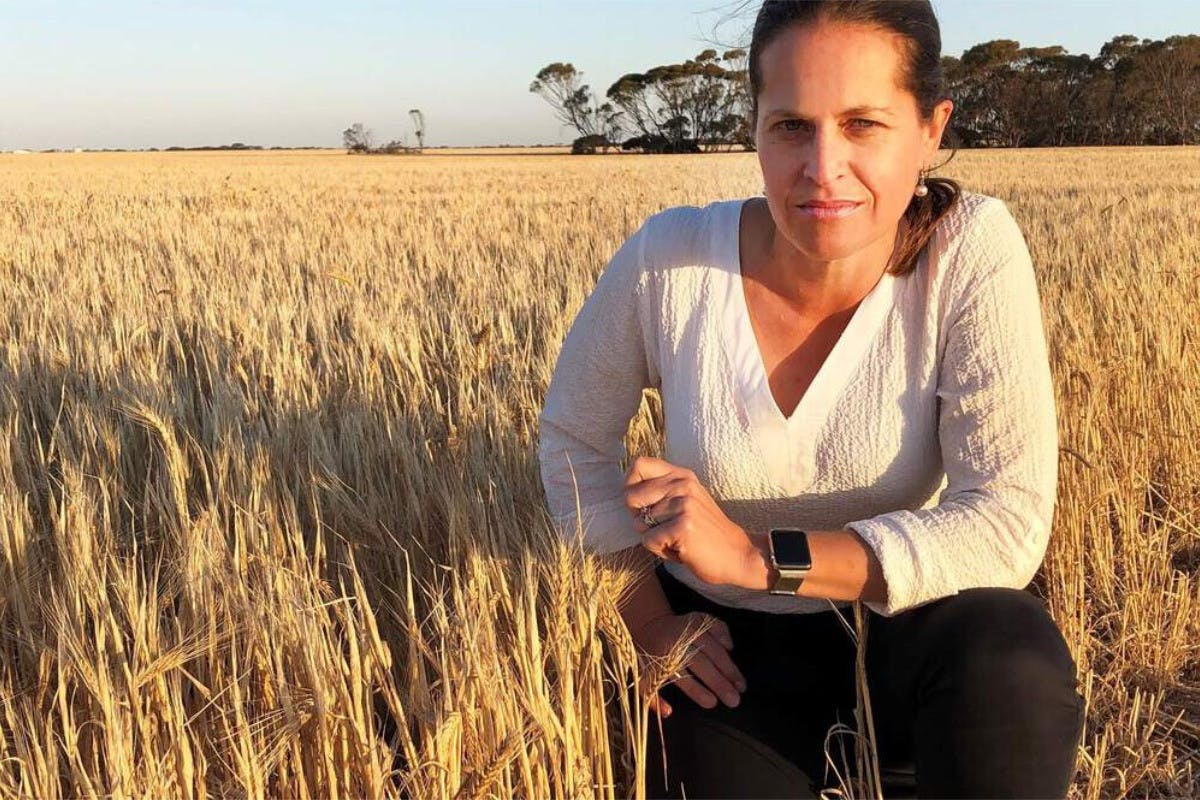Rabobank’s inaugural “Making Hay While the Sun Shines” industry report shows Australia’s agricultural sector is set for another profitable year. The report predicts agricultural production is on track for a fourth consecutive year of growth.
Agricultural recovery
The impressive gains in both profit and production of Australia’s farming sector represents a strong recovery from the 2017-2019 drought, the most crippling in recent memory.
The report states, “Australia’s second year of great pricing and mostly exceptional production conditions in 2021 means the Australian agriculture industry is well placed to take on the challenges of 2022. More importantly, it means the industry can prepare for the time when the sun is not shining so brightly in its favour.”
Local economic conditions remain encouraging for Australian agriculture. “In particular, we expect the Australian dollar to only gain a little over the year and remain near its five-year average,” the report said.
Last years agricultural conditions
Increased product prices resulting from global hardship coincided with favourable Australian production conditions in 2021 to create a perfect market for Australian farmers.
RaboResearch senior commodities analyst Dr Cheryl Kalisch Gordon said, “There was a combination of drought and adverse weather in key cropping regions around the world, strong stockpiling demand in the face of potential food shortages along with Covid-induced labour shortages which impacted intensively-produced Agri products and transport.
“This delivered clouds to agriculture sectors in many regions of the world and a silver lining for Australian agriculture.
“This second straight year of increasing commodity prices coincided with again favourable to very-favourable Australian production conditions. And for those commodity sectors where production has been lower, high pricing still delivered strongly profitable positions.”
New year, new outlook
The agricultural industry is set for another favourable year. However, the bank predicts farming margins will be slimmer in 2022 compared with 2021. In 2022, agriculture is expected to face falling prices on a range of commodities, mixed production outlook and supply chain challenges.
The bank predicts the year will bring “less pronounced opportunities” for Australian agriculture.
“We start 2022 with the Australian food supply chain under unprecedented pressure, supply chain disruption and bottlenecks being felt across the board – from access to inputs at the farm level through to consumers accessing food on supermarket shelves,” Dr Gordon said.
Impacts on supply chains are expected to linger through at least the first quarter of the year.
The Rabobank Rural Commodity Price Index – which tracks local prices of critical commodities in Australian-dollar terms, shows prices easing from the record highs reached in December 2021 over 2022. Despite the predicted drop, the index is forecast to sit five per cent higher than the five year average by the year’s end.
“We also expect some of the heat to come out of prices for a number of commodities in 2022 as supplies are renewed globally, stock levels are increased, and demand tempers,” Dr Gordon said.
“However, we expect prices to remain at levels above the five-year average for our main agricultural commodities.”
Production conditions in 2022
Coming off the high production volumes of 2021, this year’s outlook is mixed.
According to Dr Gordon, the “very favourable seasonal conditions in 2021 – and in some cases record rainfall – have provided a beneficial start to 2022 for cropping and pasture prospects, due to good soil moisture.”
She continued: “That said, at this point, we can’t expect a repeat of the record grain and oilseed harvest we’ve seen for the 2021/22 season.
The report predicted milk production is likely to lift, but only in the second half of the year. At the same time, 2022 cotton production is on track to continue rising, to see an 85 per cent increase on last year.
Dr Gordon predicts that livestock production will increase in 2022, saying, “we do expect year-on-year lifts in slaughter numbers for both cattle and sheep, given the extended period of good seasonal conditions we’ve seen in most regions that have enabled some rebuilding of stock numbers.”
The global outlook
Despite the positive gains Australian agriculture made in 2021, it wasn’t easy. The report says 2022 will bring further challenges for the agricultural sector.
These include the ongoing impacts of Covid as the world grapples with the Omicron surge. Not to mention the possibility of further variants “Rho, Sigma or Tau delivering the next blow”.
On top of this, Dr Gordon says, “lies the pervasive challenge of inflation, which continues on one of the steepest rises in 30 years”.
To add to the already testing global conditions, the bank expects international governments to tighten economic stimulus measures in 2022. Without the extra stimulus, global demand will be dampened.
Dr Gordon continued: “Getting the policy settings on reducing stimulus and managing inflation will be critical to maintaining economic growth and consumer demand in many economies, and failure to get this right could curb demand in some of our markets for some, especially more discretionary, purchases.”
Ongoing supply chain issues and geopolitical tensions also loom as challenges for agricultural markets in 2022, the report says.
“Dry bulk freight rates have fallen considerably from their 11-year highs in 2021 but still remain elevated on several routes,” Dr Gordon said.
“Container rates remain near their recent record highs, and we expect global trade to continue to be impacted by issues, especially relating to boxed freight, in 2022.”
“However, as markets unwind, we expect Australia may need to work harder on diversifying into alternative destinations,” she said.
Read more:Australian agribusinesses remain resilient backed by strong farmer sentiment, survey finds
Read more:Australian agriculture celebrates a record-breaking year
Keep up to date with our stories on LinkedIn, Twitter, Facebook and Instagram.

